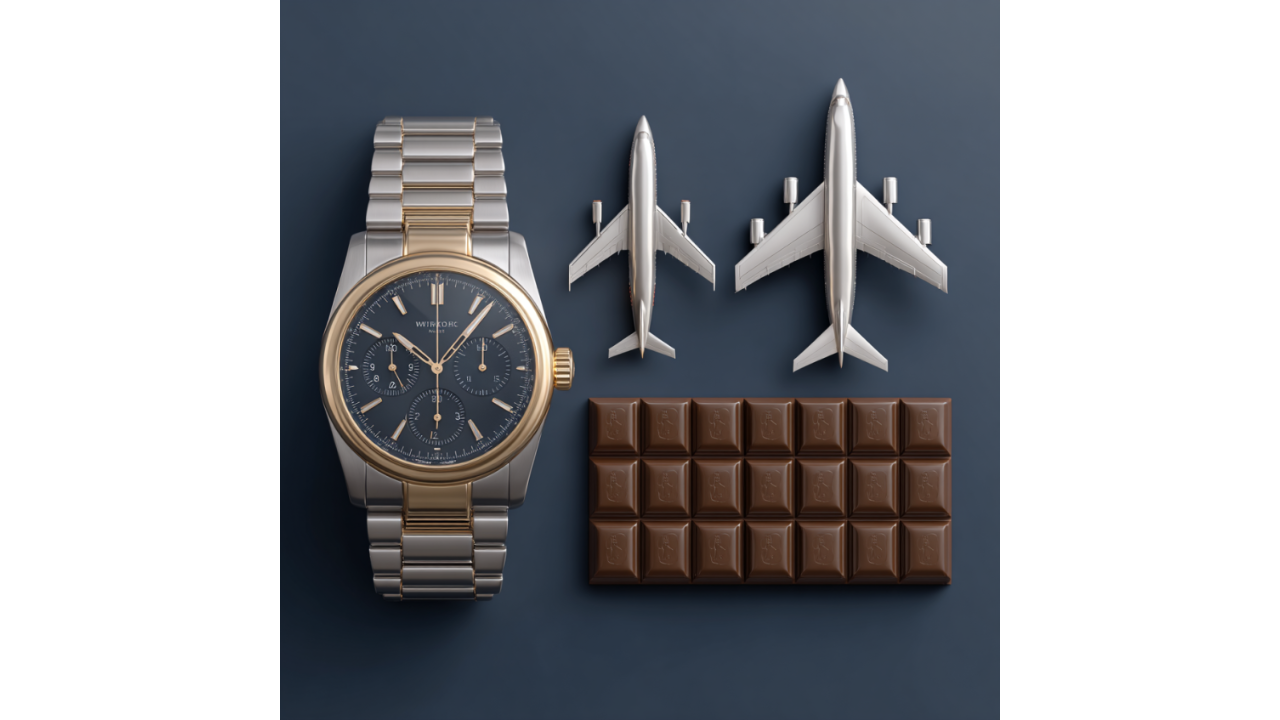Logotype vs. Logomark vs. Logo: What’s the Difference?
When you're creating a logo, one of the first questions to consider is: “Do you want a logotype or a logomark?” While both are types of logos, they...
4 min read
 Lauren Keller
:
Oct 24, 2025 2:43:50 PM
Lauren Keller
:
Oct 24, 2025 2:43:50 PM
-1.png)
I recently built what I thought was the perfect Black Friday landing page for a client. Clean layout. On-brand color palette. Clear call-to-action. Simple conversion language designed specifically for mobile shoppers.
The client's response? "This doesn't look like our homepage. Where are all our best images? Why is it so simple?"
And that's when I realized we had a fundamental disconnect about what landing pages are supposed to do.
Here's what happens with almost every client: They've spent months (or years) perfecting their homepage. They've argued over every image placement, debated every headline, refined every section until it perfectly represents their brand.
Then when it's time to create a dedicated landing page for a specific campaign—whether it's a sale, a product launch, or a lead generation offer—they want it to look exactly like that homepage they love.
But here's the thing: Your homepage and your landing pages have completely different jobs.
Your homepage is a welcome mat. It needs to accommodate everyone who shows up—current customers, potential customers, partners, job seekers, press. It's a brand showcase that says "this is who we are" to a broad audience.
Your landing page has one job: convert a specific audience on a specific offer. That's it.
When you try to make your landing page look like your homepage, you're asking it to do two incompatible things at once. And usually, both suffer.
Let me share some numbers that changed this particular conversation.
In the last 30 days leading up to this Black Friday campaign, 60% of this client's website sessions came from mobile devices. During the previous year's Black Friday and Cyber Monday period, 70-75% of their purchases were made on mobile.
Think about that for a second. Three-quarters of people making purchase decisions are doing it on their phones. Probably while standing in line at Target or sitting on their couch half-watching TV.
These people are not carefully reading through every section of your beautifully designed page. They're not appreciating your brand imagery. They're not connecting the dots between multiple product photos and your value proposition.
They're scrolling fast, and they need to know immediately: What's on sale? Why should I care? How do I buy it?
If your landing page asks them to do any more work than that, they're gone.
What's fascinating to me is how much resistance there is to simplification, even when the data clearly supports it.
I've seen this pattern repeatedly: A client gets excited about a new campaign. They love the strategy. They're on board with the conversion-focused approach. Then you show them the actual landing page, and suddenly they're uncomfortable.
"It doesn't have our signature hero image." "Where's the lifestyle content?" "This feels too direct." "Can we add more information about the company?"
The answer to all of these is the same: No. Because adding any of that would hurt conversions.
But it's hard for clients to accept because they're judging the page as a piece of brand expression rather than as a conversion tool. They're thinking about how it makes them feel, not whether it will drive their target audience to take action.
A truly conversion-optimized landing page for a sale or high-intent offer is almost brutally simple.
You tell people what's on sale. You give them three compelling reasons why they need to buy it right now. You show them the product. You make it incredibly easy to add to cart.
That's it.
No lengthy brand story. No exploration of your company values. No gallery of lifestyle imagery that requires visitors to deduce what you're actually selling.
Just the information they need to make a decision, presented in the clearest, most frictionless way possible.
Is it beautiful? Maybe not in the way your homepage is beautiful. But it's effective. And during a revenue-critical sales period, effective beats beautiful every single time.
Here's what changed my client's mind: I pulled up their current sales page on my phone and started scrolling through it with them watching.
"How long did it take me to find what's actually on sale?" I asked.
"About ten seconds," they admitted.
"And how many images did I scroll past that didn't tell me anything about the offer?"
Silence.
When you actually experience your page the way your customers do—on a small screen, with divided attention, in a hurry—the problems become obvious. All those beautiful images and carefully crafted sections become obstacles between your visitor and their goal.
Mobile traffic isn't coming. It's already here. And mobile users have different needs and behaviors than desktop users. They're more impatient. They're more likely to bounce. They're more sensitive to friction.
If you want to convert them, you have to design for how they actually behave, not how you wish they would behave.
The real hidden cost of insisting on beautiful, brand-heavy landing pages isn't just the conversions you lose. It's the opportunity cost of not learning what actually works.
When you refuse to simplify, you never get to test whether a streamlined approach would perform better. You never discover which elements actually drive decisions versus which ones just look nice. You never build the knowledge base that would help you optimize future campaigns.
You stay stuck in "this is how we've always done it," even when the data suggests there's a better way.
Look, I understand the resistance. Change is uncomfortable, especially when it means your landing page looks different from everything else you've created. But if conversions are the goal—and they should be—then you have to be willing to let go of what looks familiar and embrace what actually works.
Your customers don't care if your landing page matches your homepage aesthetic. They care whether you're making it easy for them to get what they came for.
Need landing pages that actually convert? Winsome Marketing specializes in building conversion-focused campaigns that drive revenue, not just traffic.

When you're creating a logo, one of the first questions to consider is: “Do you want a logotype or a logomark?” While both are types of logos, they...

Brand value transcends functional benefits or market positioning. The world's most enduring companies understand a fundamental truth: they exist not...
-1.png)
In the crowded marketplace of attention, brands don't just speak—they signify. The most powerful logos and visual identities communicate on a level...